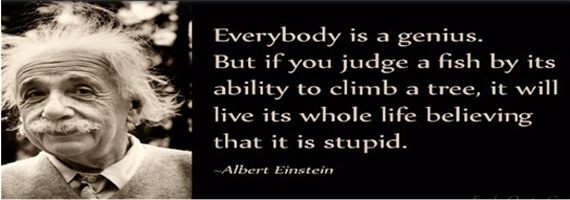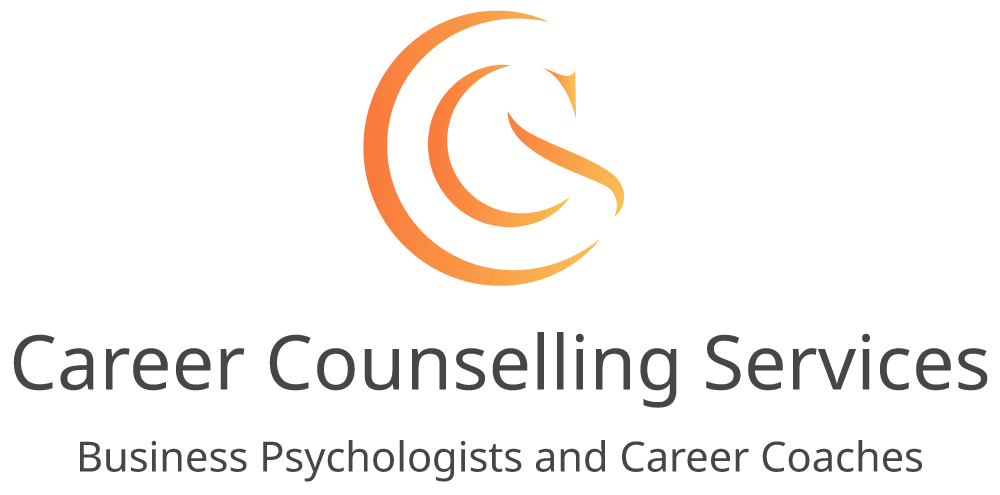

Strength spotting is not as hard as you might think.
People who use their strengths at work:
- have more energy
- have higher levels of self efficacy (the belief that we are able to achieve the things we want
- experience less stress
- are more likely to achieve their goals
- are more engaged at work.
But because we seem hard wired to notice our weaknesses, we need to work harder to notice our strengths – or get better at strength spotting – and so use them more often. It is said that we need to balance each negative comment with five positive ones to have a healthy marriage, and six positives to have a smooth functioning business team!
There is ample research to back up this assertion: Gallup (2010) showed that we are six times more engaged at work when we use our strengths. Linley et al (2010) showed that people who use their strengths in striving to achieve goals were far more likely to achieve those goals and be more fulfilled .
A strength is a quality in your DNA ( like the fish in the Einstein quote!). Think of a leopard and its spots. In order to spot a strength in yourself , look for:
– the activities which attract you (even when tired)
– the topics and skills you learn quickly
– the areas you perform well at
– moments when you feel ‘authentic’ – i.e. really you
– those activities you prioritise
– times when you are ‘at your best’ or ‘in the zone’
– positive energy in your voice tone and body language.

Strength spotting tool
Below is CCS’s strength spotting tool:
1) Make a note of 1-2 times in the past when you have been ‘at your best’ or ‘in the zone’. Try to talk these through with someone you feel comfortable with, for example, a friend, partner, colleague or coach. (This is particularly important if you are currently feeling a bit down or disillusioned). Identify what it was that enabled you do be ‘at your best’ and also list the strengths you used.
2) Over the next week or so, make a conscious effort to notice the things you do where you believe you are using your strengths. Note down the activity and the strengths you used in the Table below.
For example:
- Cycling. Strengths: physical stamina, fitness, determination, goal focused
- Learned a software package quickly. Strengths: IT skills, openness to the application of new ideas
- Prepared a presentation. Strengths: creative use of graphics package, visual acuity
- Working on keeping good relationships at work. Strengths: listening, connecting with others
My strengths spotting record
| Activities | Strengths used | |
| Activities which attract me | ||
| Topics I learn easily | ||
| Areas I perform well at | ||
| Moments I feel authentic | ||
| Activities I prioritise | ||
| Times when I’m ‘at my best’ | ||
| When I show positive energy |
3) Now you have your list of strengths, you can think about how you will deploy them to improve your career development. Use the following questions to prompt your ideas:
In which projects at work could you use your strengths more?
- In what ways could you more frequently demonstrate your strengths (if you feel they are currently underutilised)?
- Could you develop your strengths outside of work?
- How could your strengths help to develop your career over the next year or two?
- Do your main strengths point to a new role or career direction?
How can CCS Help You and Your Career?
At Career Counselling Services, our career coaching programmes enable people to identify their strengths and think about ways to better use them now, and whether an alternative role or career direction might be a better outlet for them.
So why not contact CCS today for your initial FREE consultation?


4 Comments
Rob, as always you are generous in sharing your thinking and the practical and pragmatic tools and frameworks CCS has developed – thank you for this simple but powerful guide to identifying and appreciating one’s own strengths
Thank you, Rob, for sharing another valuable and practical tool. The strength finder has been very useful in my own life and career reflection as well my clients. Hugely grateful as always for your insightful work.
Thank you Rob, as always you have provided a very useful tool that we can use and share with colleagues and clients alike. I really value and appreciate that CCS consistently provides exciting new approaches to enhancing career development.
As always, Rob highlights another way for people to ‘take stock’ of themselves toward the positive end of thriving in the workplace and in life. This is a clear and well constructed tool that can be employed for: self help or reflection; a prompt for further exploration between the tool user and a coach/mentor; and something that could be easily integrated into a suite of other self exploration activities – with the emphasis on strength and encouraging people to thrive. I will probably be using it soon, in a couple of upcoming coaching discussions! Many thanks Rob!
Comments are closed for this article!